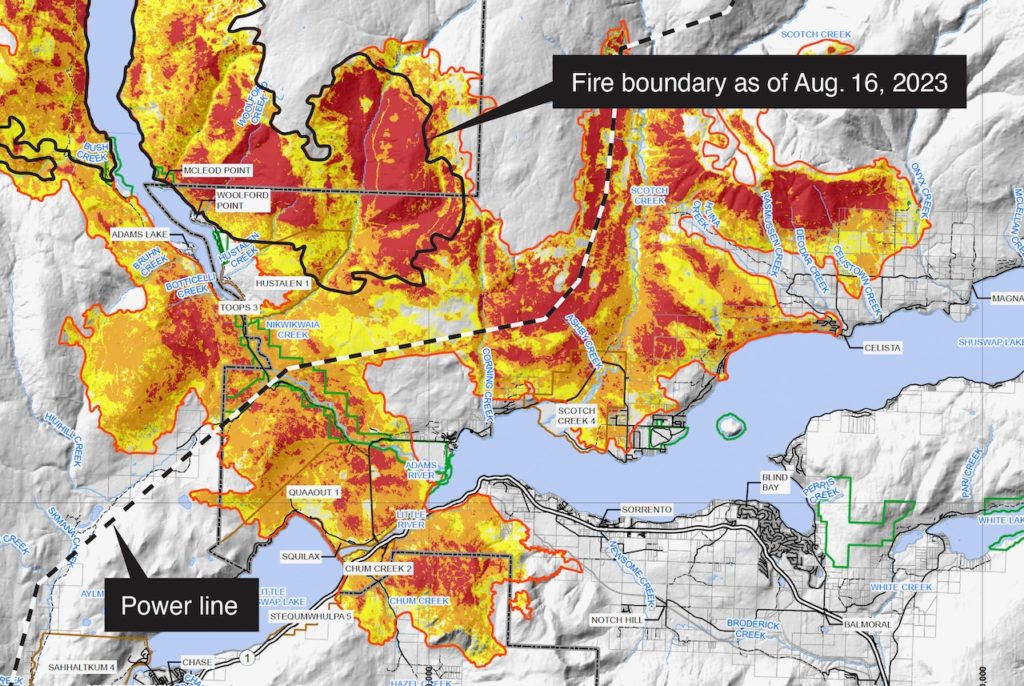
This year’s massive Shuswap firestorm has resulted in thousands of hectares of forests gone, a world-famous park damaged beyond recognition, over three hundred homes, businesses, and structures burnt or damaged, watersheds devastated, and communities left reeling. The saddest part of this tragedy is that it was preventable, if only the BC government had made the protection of rural communities a priority.
The first mistake was to not put out the fires when they first began. While water skimmers were used for a day or two, these planes were either sent elsewhere or grounded due to budget constraints. Coulson Aviation’s had two massive firefighting helicopters sitting on the tarmac in Kelowna and there were water bombers with retardant in Kamloops, but these were never used. Local contractors offered to put out the fires as well but were told to stand down. Instead, the fires were only provided with minimal resources and largely monitored as they continued to grow larger.
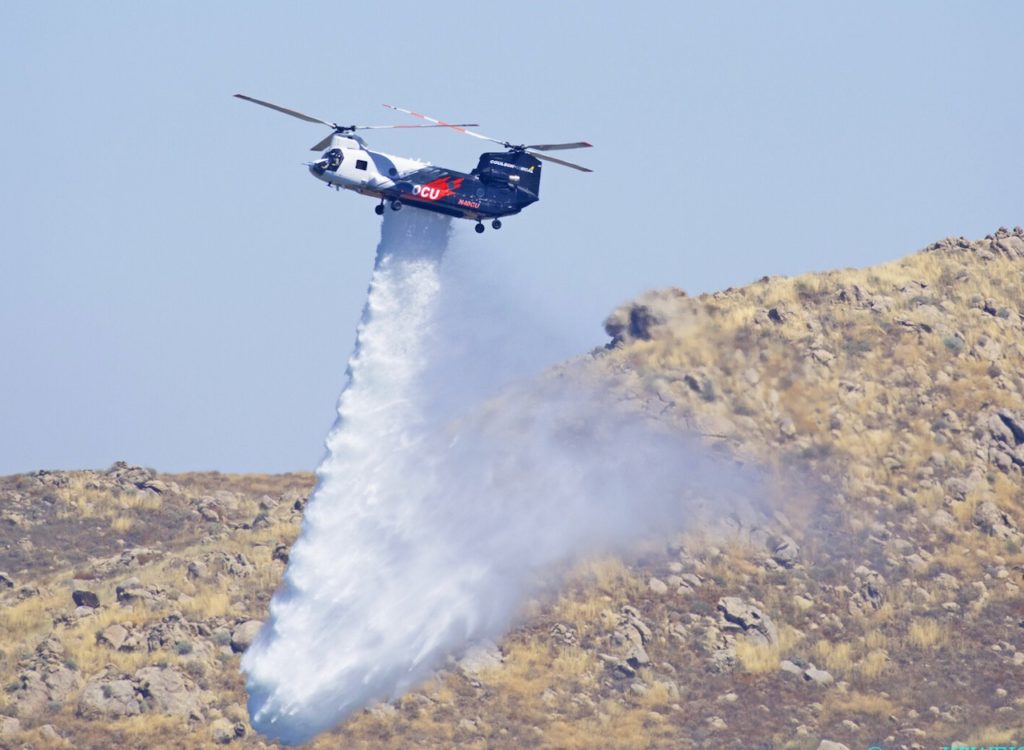
After an extended drought, once fires grow to thousands of hectares, they are extremely difficult to stop from spreading. Attempts to build fire guards are thwarted when the wind picks up. It was only a matter of time before these fires could have been our communities, given the minimal efforts made to douse them in the few days after they were sparked by lightning.
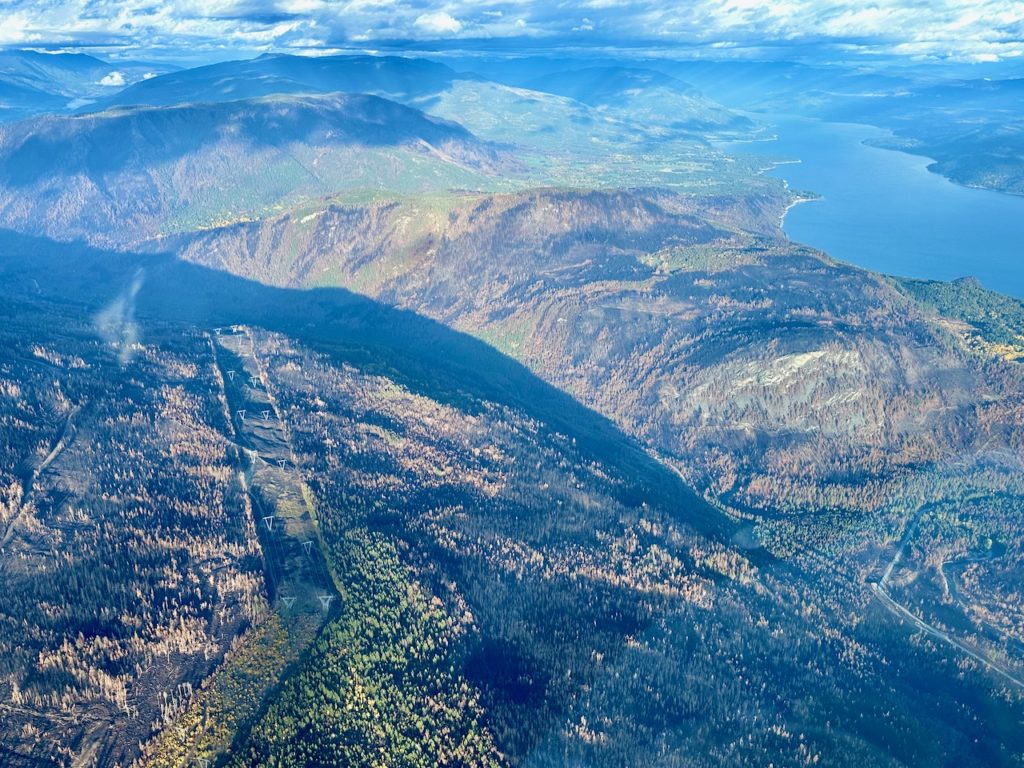
From the air, it is quite easy to see what happened during those two fateful days in August. On a recent helicopter trip over the North Shuswap and Adams Lake fire zones, I saw where the Adams Lake East fire began and where it tore over the landscape and how the impact of the August 17th aerial ignition was blatantly obvious. There is a massive burn scar above the powerline east of the Lee Creek canyon where the forest was ignited just prior to a windstorm and one can see how this fire had swept down and across the powerline into the Scotch Creek and Celista communities, as well as into the farms on the bench above Celista. The backburn also blew into the Lee Creek Canyon and emerged into the upper Lee Creek Heights community where it destroyed ten homes.
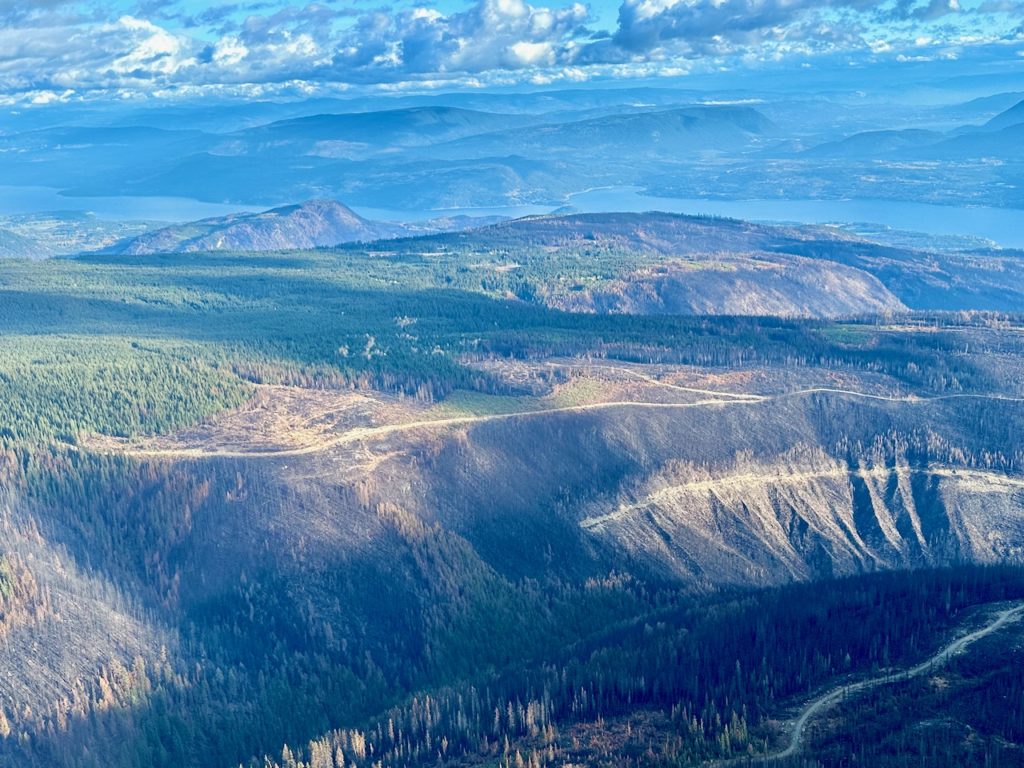
What is most revealing is how the Adams Lake East fire was mostly contained in the steep canyons of Nikiwikaia (Gold) Creek, as despite the windstorm, the fire did not move significantly towards the east or the south. On a recent road trip along the east side of Lee Creek with a local forester to where the backburn fire ended its run to the north, we came to a dense spruce-balsam forest. The forester explained how these mid-elevation, closed canopy forests retain moisture at the ground level and resist wildfires. Thus, there is a large fire-resistant forest between the original fire from Adams Lake and the BCWS uncontrolled burn and therefore, there was no need to do the aerial ignition!
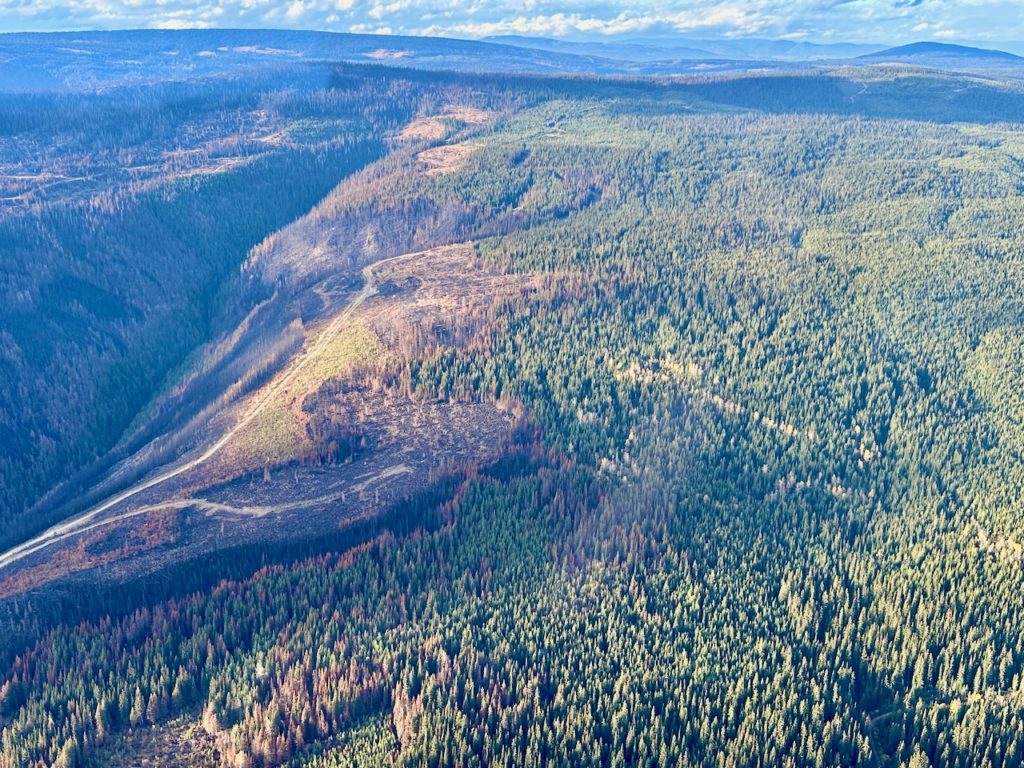
After seeing the burn scars left by the Adams Lake East fire and the uncontrolled burn, one can only wonder why BC Wildfire Service (BCWS) spokesperson Cliff Chapman could claim that how their aerial ignition was a success that saved hundreds of homes and that the damage was caused when the Adams Lake East fire “went above the control line that we burned off from and then swept back into the communities in the North Shuswap.” Their burn was never controlled and between it and where the Adams Lake East fire ended is the unburnt, spruce balsam forest.
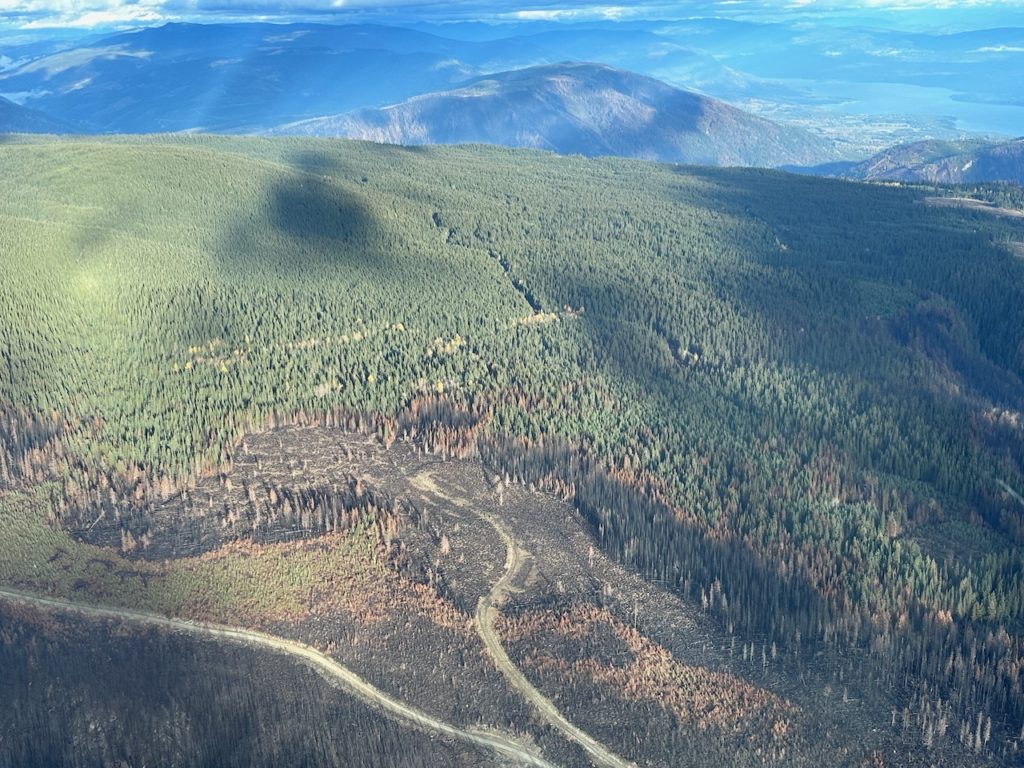
This is not the first time that a BCWS controlled burn has gone awry. There was a similar situation in Gun Lake this year, which resulted in the unnecessary loss of forest and cabins. Other examples include massive damage to a ranch in the Cariboo, which cost the government millions of dollars because they can be sued when mistakes are made on private land, whereas the government is protected from lawsuits when fires set on public land damage private property. Backburns often needlessly burn forests when the winds blow a different direction than what was predicted, as was the case in 2021 when a backburn contributed to a fire run that nearly burned down the community of Logan Lake.
We can only hope that the Forest Practices Board investigation reveals the truth about the Shuswap firestorm and as a result, there is a major shake-up within the BCWS that results in changes about how firefighting is conducted in this province. With the climate now “boiling,” there will be more wildfires in the future, and if firefighting is not improved, there will be more devastation.
POSTSCRIPT
Forest Practices Board investigators toured the powerline area where the BCWS lit the aerial ignition and saw first hand how this backburn quickly became out of control and swept into the North Shuswap communities where it destroyed many homes, businesses and structures. Here are the conclusions from the presentation they watched prior to the tour:
1.The decision to use an aerial ignition in an attempt to control the Adams Lake Fire a few hours before a major windstorm was a case of irresponsible, gross negligence that resulted in massive destruction throughout the communities of the North Shuswap.
2.The Adams Lake East fire did not pose as great a risk to the North Shuswap as the BCWS assumed because It was held from advancing east by a moist, closed-canopy, spruce-balsam forest. As well, on August 16th there was intense action on it by water skimmer aircraft, which likely reduced its threat of spreading.
3. After the uncontrolled burn moved south and east a few hours after the aerial ignition, the BCWS initially admitted that it had “caused some impacts to the Scotch Creek FSR,” then afterwards provided misinformation about the fire and delayed recommending an evacuation even though they were well aware of the actual situation, given there were BCWS personnel on the ground and in the air observing the spread of the burn.
4. BCWS did absolutely nothing to stop the spread of the fire on the morning of the 18th. Then they evacuated their Camp at Squilax and did not return until days later leaving locals to fight the fires.
5. The use of misinformation by BCWS is purposely deceitful and was done and is continuing to be done to cover up their most obvious mistake to do the aerial ignition, so as to avoid any responsibility for the massive amount of destruction their mistake caused to North Shuswap communities. As well, by announcing that the aerial ignition was a success and by delaying the evacuation order, they created extreme risks to citizens they are mandated to protect. It was only thanks to the heroism of local citizens and first responders that no lives were lost.
Recent media coverage:
Global TV, CFJC TV (on site interview)
Post Media, Canadian Press, Salmon Arm Observer and Kamloops This Week






